Formerly Minister of Agriculture and Rural Development and Deputy Head of the Central Steering Committee for Natural Disaster Prevention and Control, Vice Chairman of the National Assembly Le Minh Hoan shared about the tireless efforts of the entire political system and people in the journey to build a safe community against natural disasters.
He believes that, through thousands of years of facing natural disasters, our people have found a way to connect the community to prevent and fight against natural disasters. That is the quality and uniqueness of the Vietnamese people throughout history.

Vice Chairman of the National Assembly Le Minh Hoan. Photo: Van Giang.
As a country heavily affected by many types of natural disasters, agriculture is the most frequently affected and vulnerable sector. From a food-deficient and underdeveloped country, Vietnam has proactively and creatively overcome unfavorable conditions of natural disasters and epidemics to produce agriculture, forestry and fishery, providing enough food for nearly 100 million people and making our country become the world's leading exporter.
Overcoming the historical challenges of natural disasters
Vietnam's geographical location has created great potential for development in agriculture, forestry and fisheries, but it also has to bear many risks and impacts from natural disasters. According to the assessment of the United Nations Development Organization, Vietnam is one of the five countries most severely affected by climate change. Along with that, the impact of exploiting water resources in the upper reaches of the Red River and Mekong River changes the laws of nature, increasing the risk of natural disasters in the downstream areas.
On average, each year natural disasters cause economic damage of about 1-1.5% of GDP, taking away many achievements, slowing down development in many areas, and deeply affecting all economic and social activities.
Typically, in 2020, natural disasters occurred frequently and were especially fierce, exceeding historical levels in many regions of the country. We had to endure more than 500 natural disasters, including 14 storms, 1 tropical depression, 265 tornadoes, lightning, hail, 120 flash floods, landslides, 90 earthquakes. Along with that were droughts, saltwater intrusion, serious riverbank and coastal erosion in the Mekong Delta... Natural disasters left 357 people dead and missing, with total economic damage of nearly 40,000 billion VND.
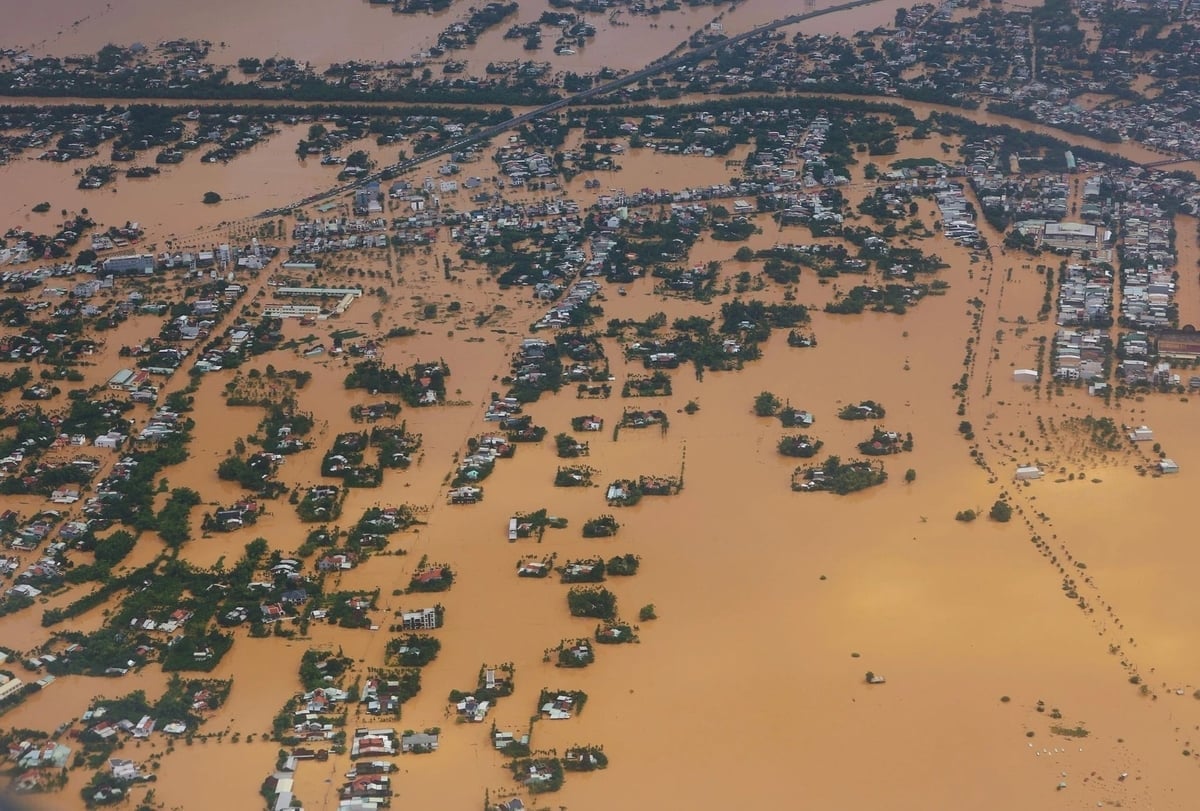
Da Nang during the terrible flooding days at the end of October 2025. Photo: Agriculture and Environment Newspaper.
Although the natural disaster was extremely serious, the work of prevention, response and overcoming consequences was carried out resolutely, promptly and effectively by the Party, Government, Central Steering Committee and all levels and sectors, along with the initiative of the people, socio-political organizations and many international organizations.
In which the important and key role of the Ministry of Agriculture and Rural Development in the past and now the Ministry of Agriculture and Environment has always been constantly improving and rising up, overcoming extreme challenges of historical natural disasters, creating a comprehensive improvement in the work of natural disaster prevention and control, from proactive prevention to improving response capacity and overcoming consequences promptly and effectively.
The whole society is proactive in disaster prevention.
One of the biggest breakthroughs in recent years is changing the awareness of the whole society about disaster prevention and control, moving from a passive response state to proactive prevention.
The work of natural disaster prevention and control has received attention and direction from all levels of the Party and government from the central to the grassroots level: Every year, the President sends a letter to compatriots and soldiers nationwide on the occasion of the Traditional Day of Natural Disaster Prevention and Control. For the first time, the Central Party Secretariat issued Directive 42-CT/TW on March 24, 2020 on strengthening the Party's leadership in the work of preventing, responding to, and overcoming the consequences of natural disasters.
The integration of disaster prevention and control into plans and activities has been of interest to many ministries, branches and localities: Focusing on directing, promulgating and providing detailed instructions on developing plans and solutions for disaster prevention and control at all levels. Integrating disaster prevention and control into socio-economic development plans of the country, regions, ministries, branches and localities. Identifying disaster prevention and control as an important, urgent and regular task of the entire political system and society.
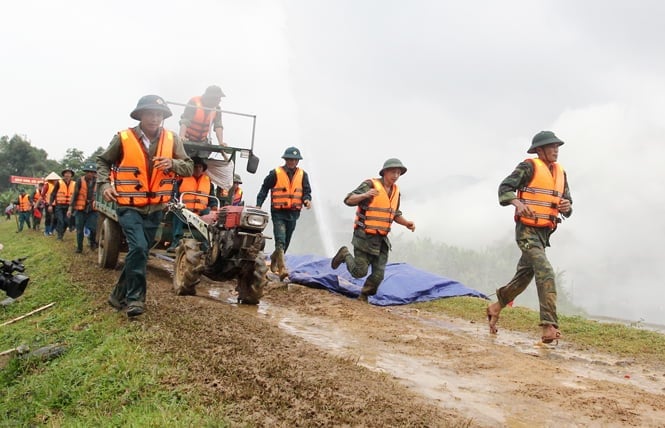
Every year, localities organize disaster prevention and control drills to proactively respond to any unusual situations that may arise. Photo: Thai Nguyen Newspaper.
The application of science and technology has effectively served the direction and operation of the Steering Committees at all levels, such as the application of online meeting technology, the "PCTT" App, digital tools Zalo, Viber, etc., building, managing and exploiting databases on natural disaster situations (such as rain, storms, floods, etc.) and the system of natural disaster prevention works (dykes, dams, boat mooring areas, etc.), as well as objects at risk of being affected (boats, aquaculture areas, production, people's residences), etc.
The system of equipment for monitoring and early warning of flash floods and landslides has been researched and installed on a pilot basis in Lao Cai and Yen Bai.
Many other applications are being deployed such as real-time reservoir operation; building flood response plans for river basins and rising water levels for coastal areas; building flood-proof houses, producing mobile dykes, smart house bracing devices, and early flood warning devices for rivers, streams, and underground spillways.
Disaster response capacity has been enhanced.
Disaster warning and monitoring work has made much progress. The quality and progress of information provision, especially the forecast of storm location and intensity, has gradually approached that of advanced countries in the region and the world. Floods, droughts, and saltwater intrusion have been forecasted and warned early.
The work of monitoring dangerous weather developments and natural disasters in the country and the region has been initially implemented systematically and effectively at the grassroots level.
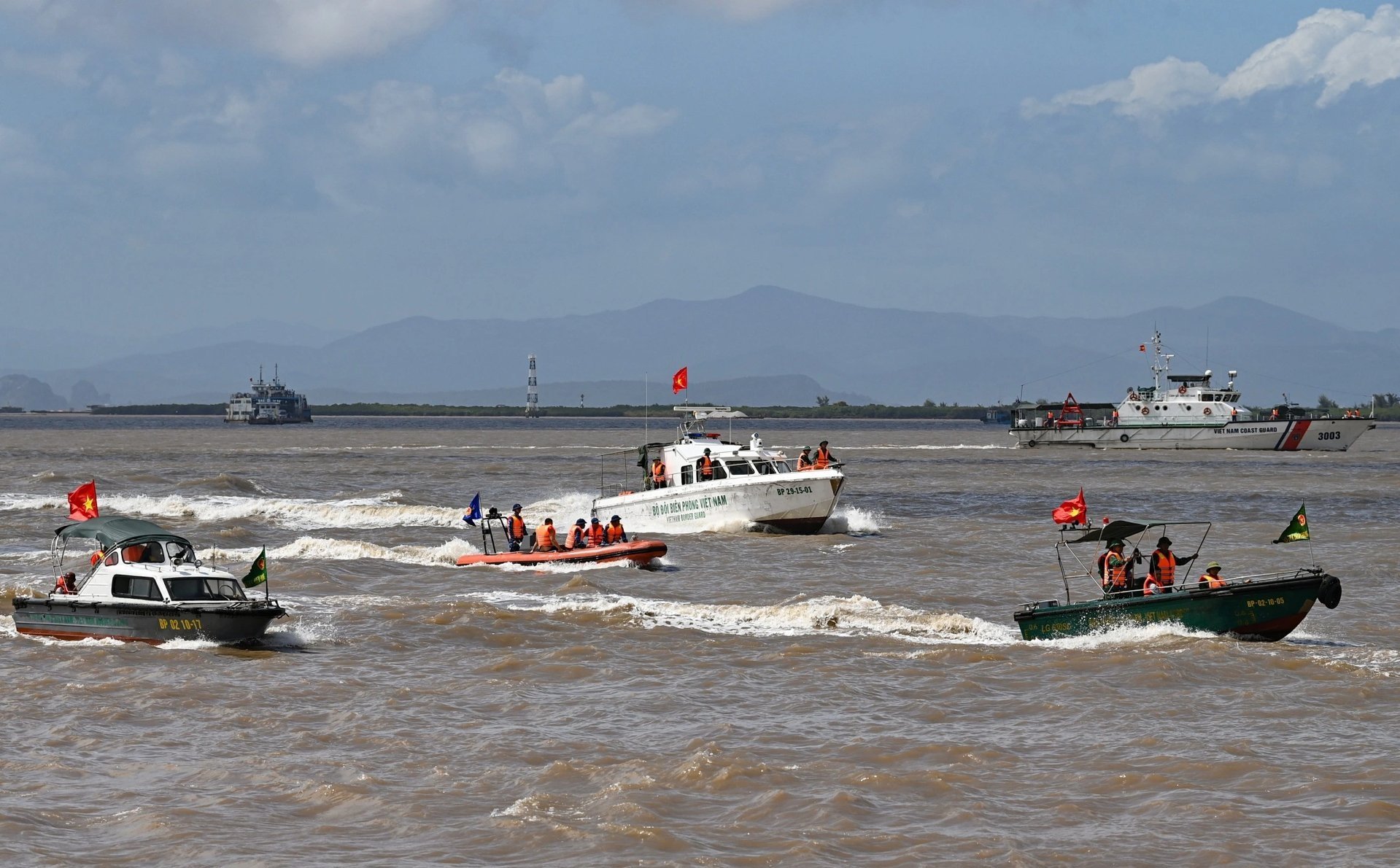
Vietnam's rescue forces and means in natural disaster situations are increasingly professional and modern.
The system of natural disaster prevention works has received investment attention, gradually improving the resilience of the works, gradually eliminating key weak points with many sources of capital, such as: WB8 Dam Repair and Safety Improvement Project, WB9 Mekong Delta Integrated Climate Resilience and Sustainable Livelihoods Project; works to prevent and combat saline intrusion in the Mekong Delta; projects to renovate and upgrade boat anchorage areas to avoid storms,... Reservoirs with flood prevention capacity have been extremely effective in reducing downstream floods.
Along with investment in the disaster prevention system, the renovation, consolidation and enhancement of the resilience of the general infrastructure system in a multi-purpose direction to serve disaster prevention work such as safe schools, roads combined with rescue and relief, public works combined with concentrated evacuation and shelter points, etc. are also given attention for effective investment, ensuring safety for people and minimizing damage.
The initiative of people, organizations, individuals and communities in preventing and combating natural disasters has had positive changes. Based on the guidance, people have proactively prepared before natural disasters occur. The business community has proactively developed and implemented plans to respond to natural disasters, ensuring the safety of works, assets and production, especially in industrial parks and factories located in coastal areas.
The remedial work has been implemented promptly and effectively.
Disaster relief and support work has received special attention from the entire political system and society. Party, National Assembly and Government leaders have directly visited the disaster-affected areas to direct the work and visit the affected families.
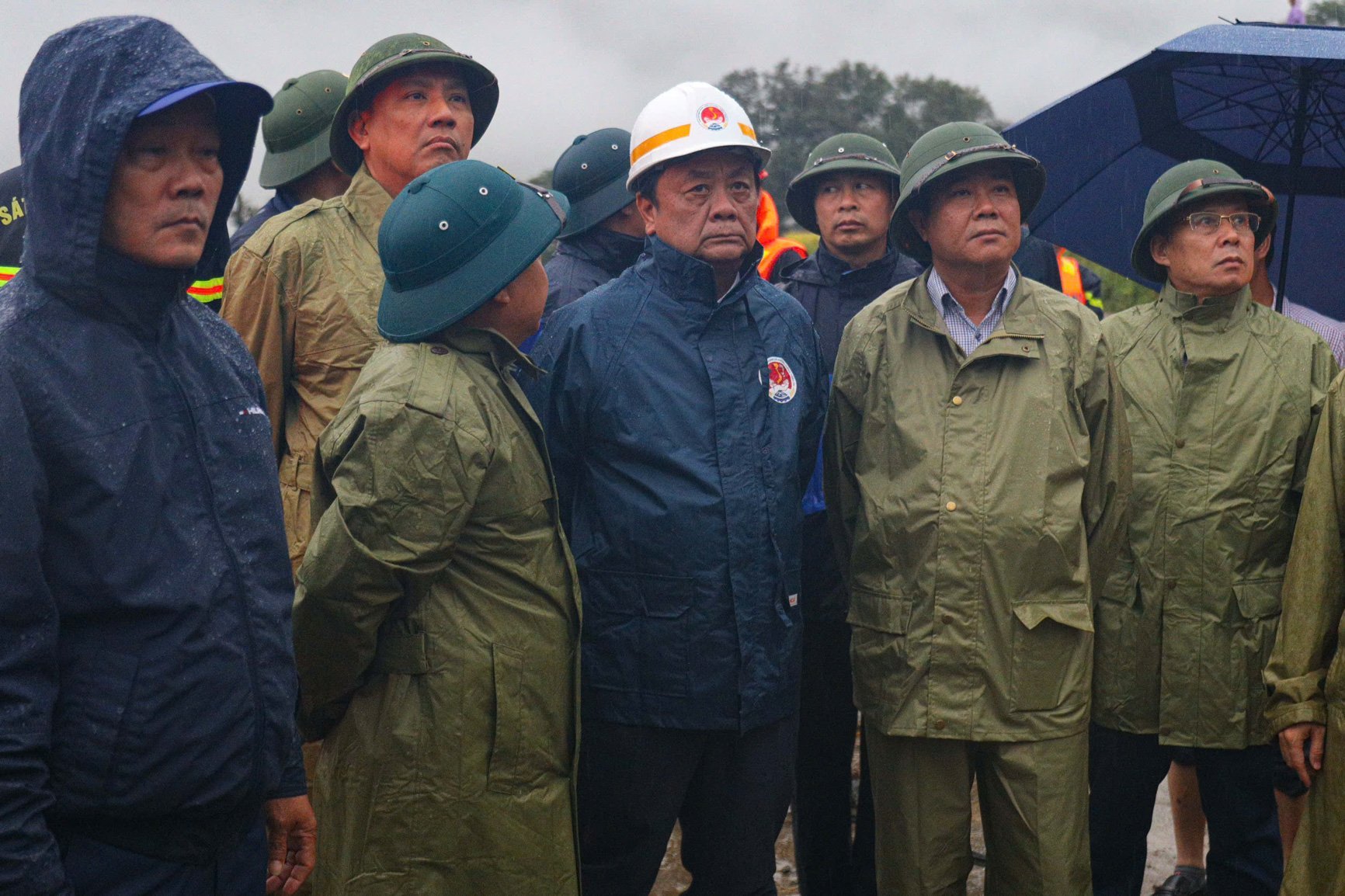
Mr. Le Minh Hoan directed the work to overcome the consequences of Typhoon Yagi in Lao Cai on September 9, 2025, when he was the Minister of Agriculture and Rural Development. Photo: VTC News.
The Vietnam Fatherland Front, the Red Cross and the Central and local Committees, Ministries and Branches have simultaneously called for, mobilized and organized fundraising activities to support people affected by storms and floods with money and in kind (food, necessities, rescue equipment); mass organizations and a large number of businesses and individuals have joined hands to support people who have suffered losses, including many organizations and individuals who have proactively donated and directly gone to the flooded areas to support people.
Particularly during the rain, flood and storm in the Central region in 2020, international organizations (ADB, JICA, AHA, UNDP...) and some countries (USA, Korea...) through the Central Steering Committee for Natural Disaster Prevention and Control supported money and some essential goods with a total value of over 25 million USD (equivalent to 584 billion VND). In addition, international financial organizations (WB, ADB) also promoted support for 2 ODA projects (Project to Improve Landslide Resilience in the Central Region and Project to Provide Emergency Support to Central Provinces Damaged by Natural Disasters in 2020 ) to support people in the Central region to overcome the consequences of natural disasters with a total cost of about 550 million USD.
These results demonstrate the spirit and aspiration of the Vietnamese people in the effort to control nature, reduce natural disaster risks and move towards a sustainable development future.
Source: https://nongnghiepmoitruong.vn/dung-thanh-luy-truoc-thien-tai-bai-2-chuyen-trang-thai-tu-bi-dong-sang-chu-dong-d782738.html




![[Photo] Closing of the 14th Conference of the 13th Party Central Committee](https://vphoto.vietnam.vn/thumb/1200x675/vietnam/resource/IMAGE/2025/11/06/1762404919012_a1-bnd-5975-5183-jpg.webp)





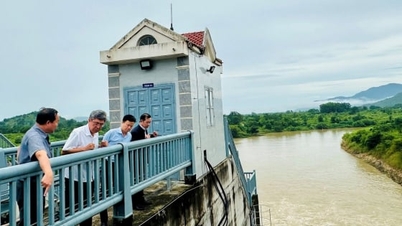




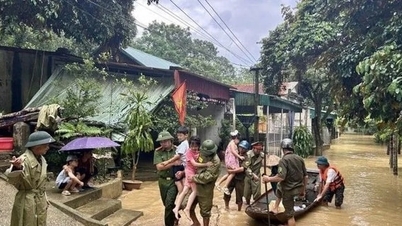


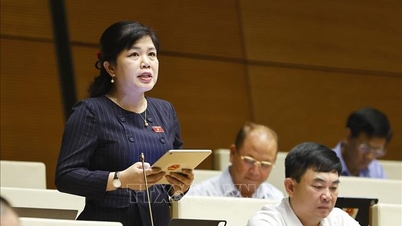



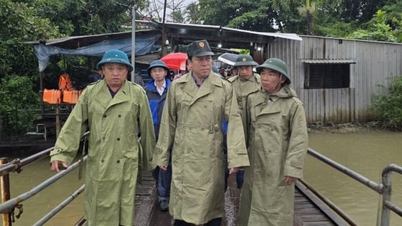






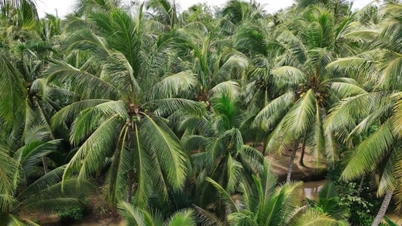
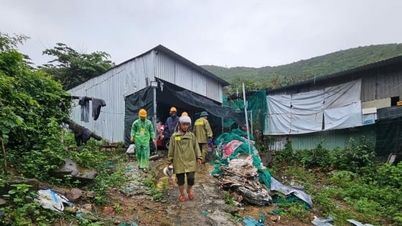












































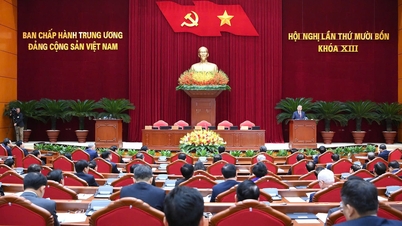
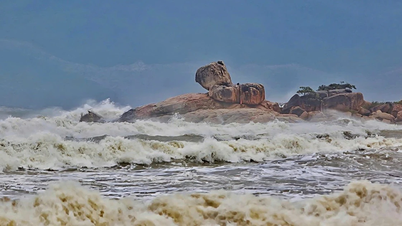

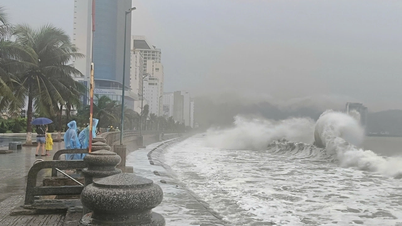









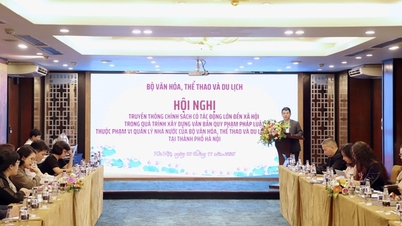
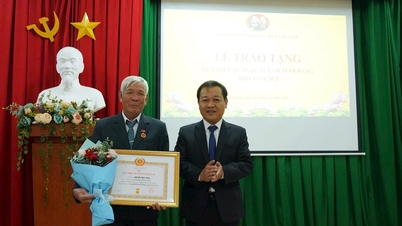

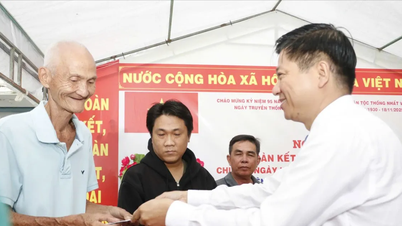

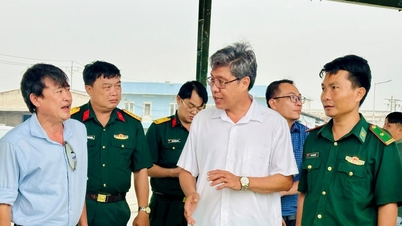




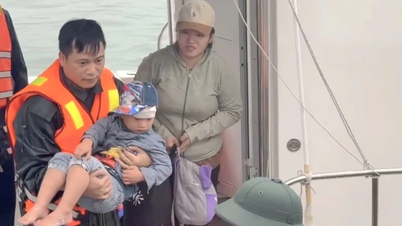

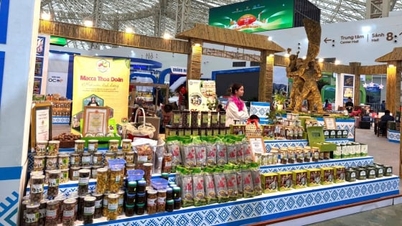









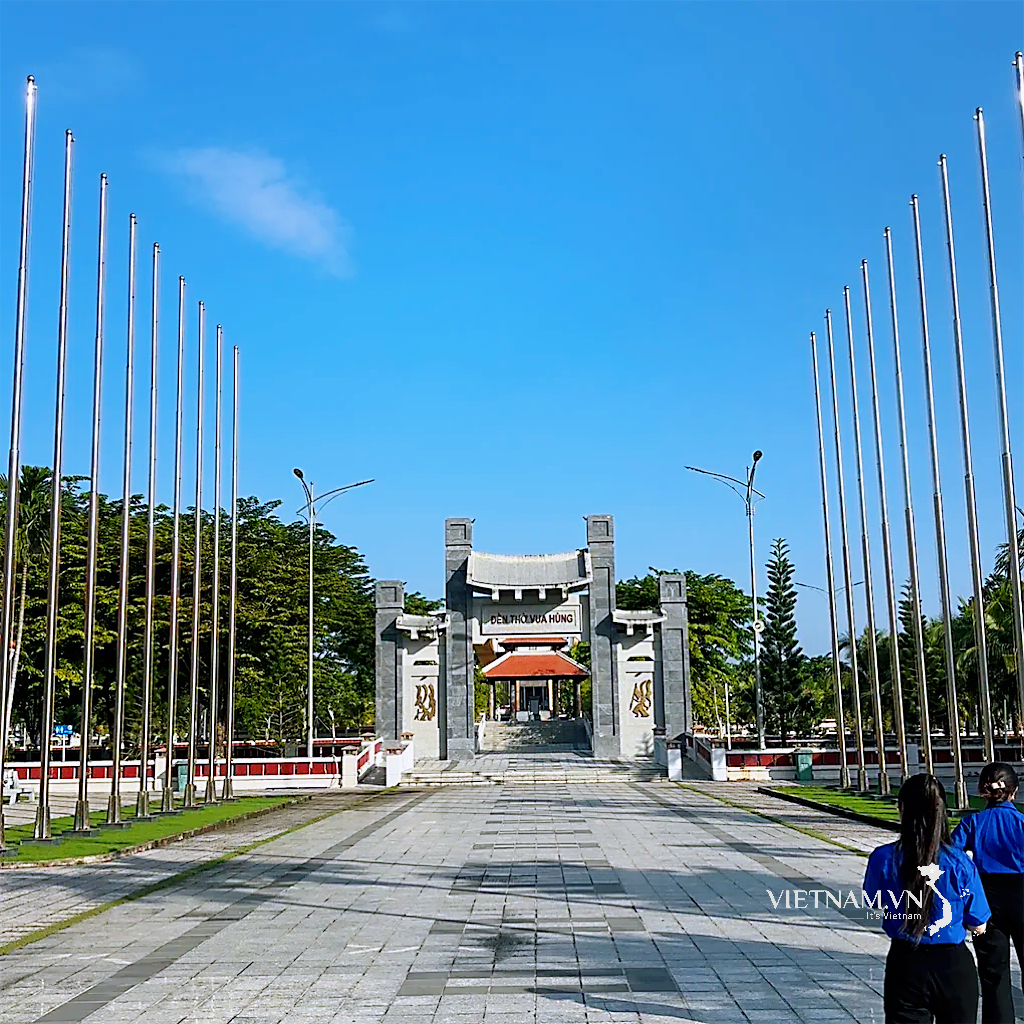


Comment (0)